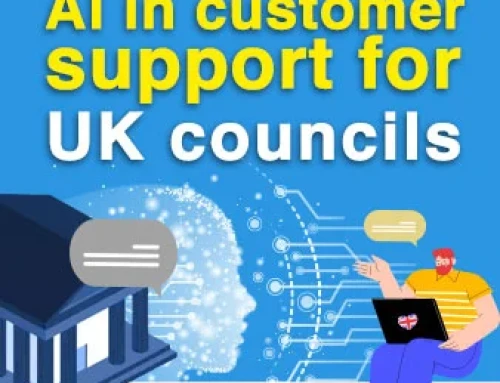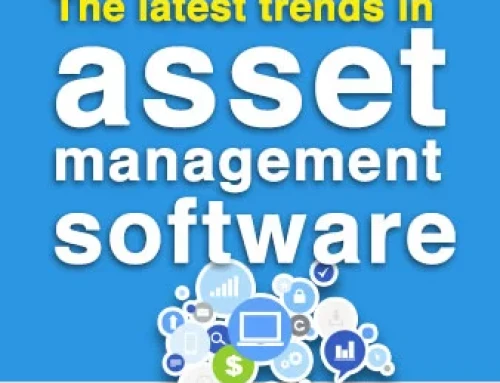Lessons FMCG companies need to learn when it comes to DTC business
Play safe while redirecting your strategy to DIRECT selling!
The struggle of brands connecting to the consumers is not new to the world. Every now and then, the marketers have to seek new ways. And there is no surety if they’d get success. The key element in any strategy is the customer. That’s why; many companies are shifting their focus from traditional retailers towards ‘Direct-to-Consumer’ (DTC) model. The brands want to own their customer experiences. Not only that, they aim to make most of their data and use it for future decisions. In a nutshell, direct selling eliminates the middlemen and gives the ultimate power in the hands of the brands.
As quoted by Paul Zane Pilzer-
Direct selling provides an opportunity open to absolutely everyone, regardless of background, specialized skills or capital worth.
The success is evident!
The popular brand Nike took the DTC approach to grow its revenue. Nike launched its online service called NIKEiD. The customers can use this service to customise their gear by choosing their preferred color, design and performance features. Nike charges $170 extra for this service. It also introduced the Nike+ app to get closer to their customers and encourage more sales via mobile technology. By fiscal 2020, Nike plans to grow its direct-to-consumer sales by 2.5x – from $6.6 billion $16 billion. No doubt, their efforts in the DTC direction are all worth it.
Harnessing the power of e-commerce website is the other way to reach out to your consumers. Mondelez Foods launched its new chocolate product Cadbury Dairy Milk Marvellous Creations online. The company created a buzz and collaborated with Amazon to deliver it before it was available in the retail stores. Bear Naked granola, another big name in the industry launched its own eCommerce website BearNakedCustom.com. The customers enjoyed the benefit of creating their own granola mix and order it directly from the site. This step helped the company to gain deeper insights into consumers’ preferences.
But, success doesn’t come easy!
The above figures might tempt you to kickstart direct-to-consumer selling. But, be careful otherwise you will just run around in circles. To achieve the direct selling goals, the FMCG brands must strategize considering a number of factors. Take a decision based on your product or service, the frequency of usage, demographics, competition, and target audience and retail network. Here’s a list of few things to bear in mind-
Choosing the ‘Right’ platform
The channel of direct selling matters a lot. You may be perplexed about how and where to begin from? There are various options ranging from self-branded stores to the use of eCommerce websites, mCommerce and social media. There are more capital, infrastructure, and resource involved in setting up a self-branded store. Using the digital tools as a start may be a good option. It requires less money and time to get begin your operations. The use of social media is preferred when it comes to driving customer engagement. Again, it all depends on your audience, their location, education, background, spending power and company’s investment strategy.
Avoiding the ‘Retail’ conflict
A company that has been running its operations with the retailers’ network since years is bound to face a hard time if it decides to completely switch its procedures. Go slow and go hybrid. As direct selling will help you to make more money, it will simultaneously reduce the profits of retailers. Thus, there will be a conflict between the brand and the traditional retailers. And, it’s not good for the business. So take a path that helps you grow and sustain. By that we mean, do take advantage of your retailers’ network, contacts, inventory, and offers. Think of a hybrid model that helps!
Managing the ‘Logistics’
One of the biggest challenges for FMCG brands when it comes to direct-to-consumer selling is managing the logistics. FMCG sector is usually conceptualized to excel at producing, manufacturing, and marketing the goods. They are not into delivering the finished products to the consumers. It is quite tricky to manage the logistics operations. When taking the direct-to-consumer approach, consider taking help of your retailers’ or the online partners like Amazon. Till the company is very sure, it is better to take off with a secured plan without investing too much. Be at the front while communicating with the customers, and manage the logistics in a lesser risky manner.
Creating meaningful ‘Relationships’
Implementing the direct-to-consumer strategy is about getting closer to your customers. The brands need to take the responsibility of owning their customers. They need to ensure a superior experience with personalised content. As eager as the customers are to deal directly with the brands, so sooner will they leave if their expectations are not met. There’s no room for mistakes. Offer a seamless experience across all the channels. Allow for customisations. Ask for their suggestions and implement them. Also, make sure to deliver outstanding customer service. That will help to create word-of-mouth marketing and be at the winning edge.
Analysing the ‘Data’
Data is predominant in DTC. The more you take care of data, more are the chances of success. Since there is no middle party involved, you are the whole and sole to manage your consumers. The brands should use the right platform to record, store, manage and analyse the collected data. And then, use this information to forecast and offer the exact things your customers are looking for! Sounds simple? Not really, because the old systems are not a relevant fit in the modern times. So, you need to explore the advanced cloud-based solution to address the data management challenges.
Connect the dots wisely!
The stakes are too high. But, so are the uncertainties. Hence, the wise way to carve out a niche is taking the help of the right platform. A bespoke solution will manage all your data. Automated workflows will guide you towards the path to offer personalised customer experiences. The plethora of benefits offered by the technology will add value to every single purchase. To know how iTouchVision’s services can help you lead the direct-to-consumer market, request a demo. Evaluate the risks, execute the plan and expect the achievement.





